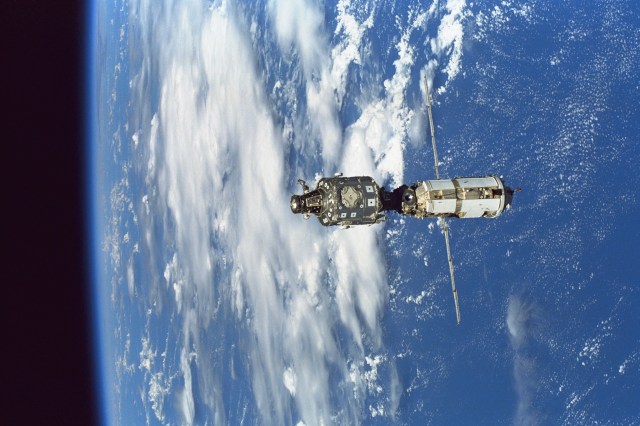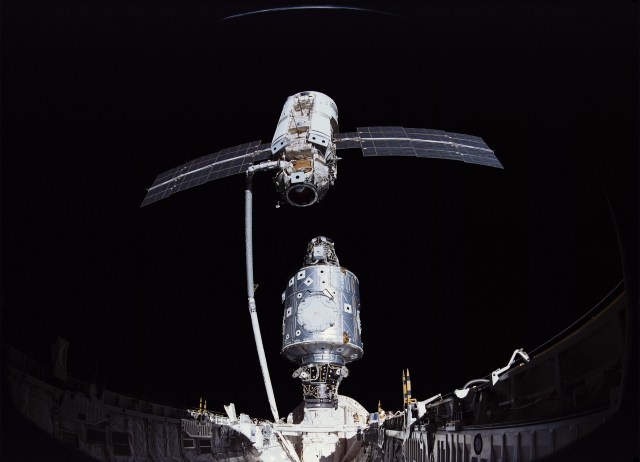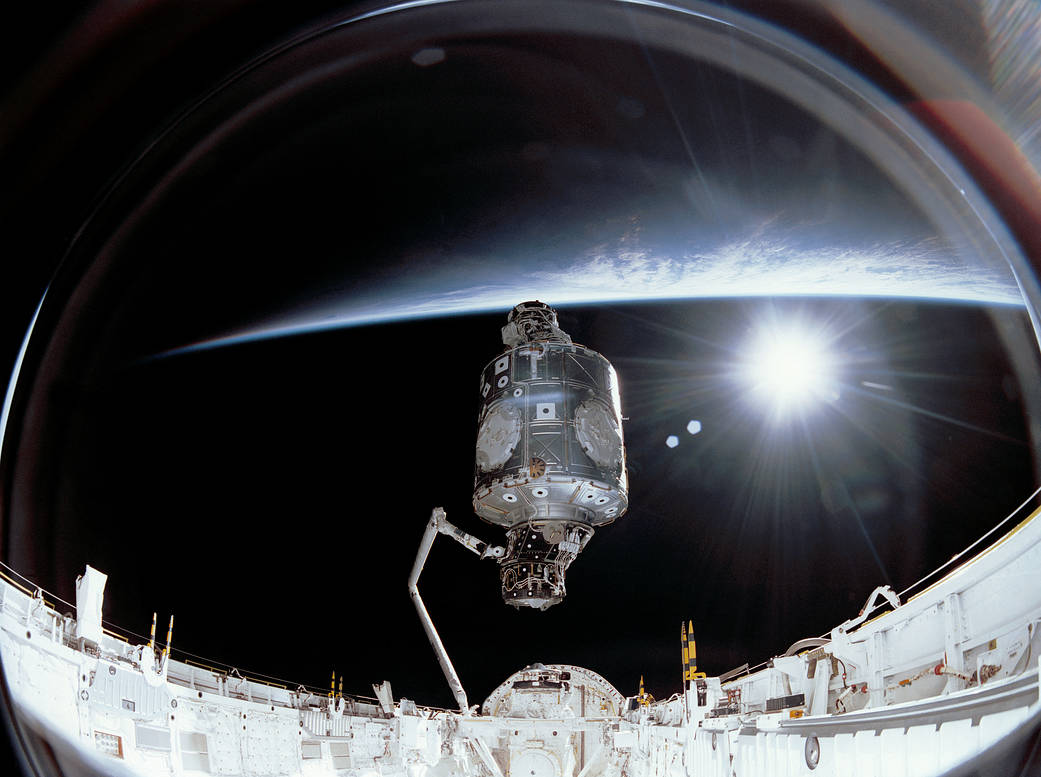Unity Module
Quick Facts
Unity was the second module of the International Space Station launched to space. It provides living and working space for crew members, contains over 50,000 mechanical items, 216 lines to carry fluids and gases, and 121 internal and external electrical cables using six miles of wire.
After the Russian Zarya module was launched atop a Proton rocket on Nov. 20, 1998, space shuttle Endeavour launched on Dec. 4, 1998, with Unity and two pressurized mating adapters. On Dec. 6, the STS-88 crew captured Zarya and mated it with Unity inside the shuttle’s payload bay. These two pieces had never been in the same hemisphere, but they were mated together perfectly.
Mass: 26,225 lbs
Length: 18 feet
Diameter: 14 feet
Mission Overview
Launch: 12/3/98
Installation: 12/6/98
Assembly Mission: 2A
Shuttle Mission: STS-88
Vehicle: Space Shuttle Endeavour



































